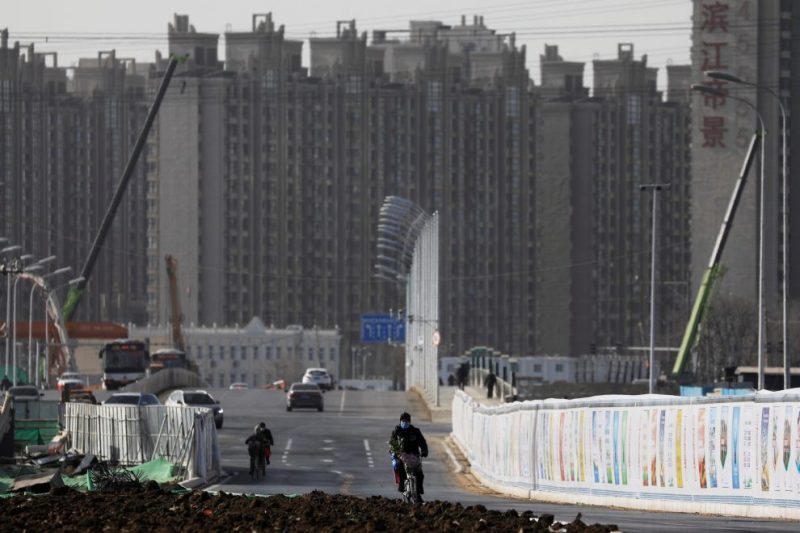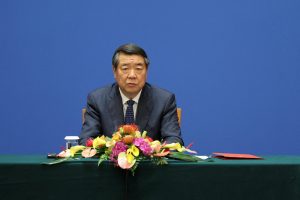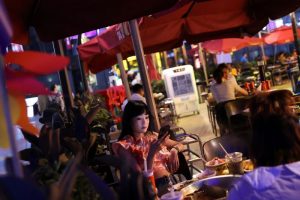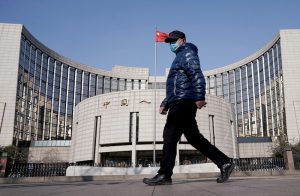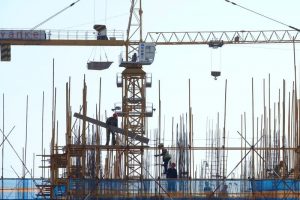Chinese leaders, fearful that a persistent property bubble could undermine the country’s long-term ascent, are likely to maintain tough curbs on the sector even as the economy slows, but could soften some tactics as needed, policy sources and analysts said.
President Xi Jinping looks determined to press ahead with the latest round of property tightening even if it adds to near-term pain, in contrast to previous campaigns, which tended to be watered down when economic growth began to falter, they said.
Xi’s resolve stems from a longer-term structural push to reduce the economy’s reliance on property and debt and channel more resources into high-tech manufacturing and other emerging sectors to drive growth.
Despite rapid expansion of other industries in recent years, the property sector, along with related sectors such as construction, still accounts for more than a quarter of China’s gross domestic product (GDP).
Power Shortages
The world’s second-largest economy has staged an impressive rebound from the pandemic but there are signs the recovery is losing steam. Widening power shortages are adding to the pressure from property restrictions, raw material shortages, supply chain disruptions and weak consumer spending.
Global worries about a possible spillover of credit risk from China’s property sector into the broader economy also have intensified as major developer China Evergrande Group wrestles with more than $300 billion of debt.
Liu He, Xi’s top economic aide, has repeatedly warned against financial risks, while Guo Shuqing, head of the banking regulator and party chief of the People’s Bank of China (PBOC), has said property is the country’s biggest “grey rhino”.
“Grey rhino” refers to an obvious, significant threat that is often ignored until it is too late.
“Property curbs will be painful, but this is a price that needs to be paid,” said a source who is involved in internal policy discussions.
“In the past, we always loosened controls due to economic downturns, but this time round the leadership’s determination looks very firm.”
The State Council Information Office and the PBOC did not immediately respond to Reuters’ requests for comment.
Red Lines in the Sand
Despite numerous campaigns over the years to curb hot property prices, housing in China has grown increasingly unaffordable, hampering Beijing’s efforts to boost birth rates and address the rapid ageing and slowing growth of its population, analysts said.
Officials ratcheted up the latest property curbs in August 2020, when the PBOC introduced new measures to closely monitor and control the debt levels of developers – setting “three red lines” to curb their borrowing and contain debt risks.
But the price of policy mistakes would be high, given the size of the industry, its importance as a revenue source for local governments, and risks to social stability in the event of a rapid plunge in home prices. Many Chinese have never seen an extended property slump.
“We should prioritise stability in the property sector. We don’t want to see property prices rising rapidly, nor do we want to see many property developers going bankrupt,” Zong Liang, chief researcher at Bank of China, told Reuters.
Marginal Changes Still Possible?
While the PBOC is likely to maintain its pressure on developers to reduce debt and clean up their balance sheets, some marginal policy changes may be possible to correct excessive credit tightening by some lenders, insiders and analysts said.
Last month, as Evergande’s debt crisis intensified, the PBOC said it would safeguard the legitimate rights and interests of home buyers.
“The ‘three red lines’ are unlikely to change, but the implementation of the rules could be loosened a bit,” said Lian Ping, chief economist at Zhixin Investment.
“The standard on property loans won’t be loosened, but the scale of such lending could be increased somewhat,” he said.
Worsening Slowdown
Banks also could be given more leeway to lend to genuine home buyers as opposed to speculators, and healthier developers could get more support, analysts said.
“Amid the worsening slowdown, we expect Beijing to step up fiscal and monetary easing measures, though it will largely stick to its tightening stance on the property sector and those with high carbon emissions,” Ting Lu, chief China economist at Nomura, said in a note.
However, some local governments may introduce some minor easing measures, focusing on lifting local restrictions and adding some subsidies, Lu said.
The PBOC, meanwhile, has been funneling more credit into the manufacturing sector in recent months, at the expense of the property sector.
Outstanding medium- and long-term loans for the manufacturing sector rose 41.6% year-on-year in June, quickening from a 24.7% rise a year earlier, while growth of outstanding loans for the property sector slowed to 9.5% in June from 13.1% a year earlier, central bank data showed.
• Reuters with additional editing by Mark McCord
Also on AF
China Property Shares Pummelled As Evergrande Impact Widens




